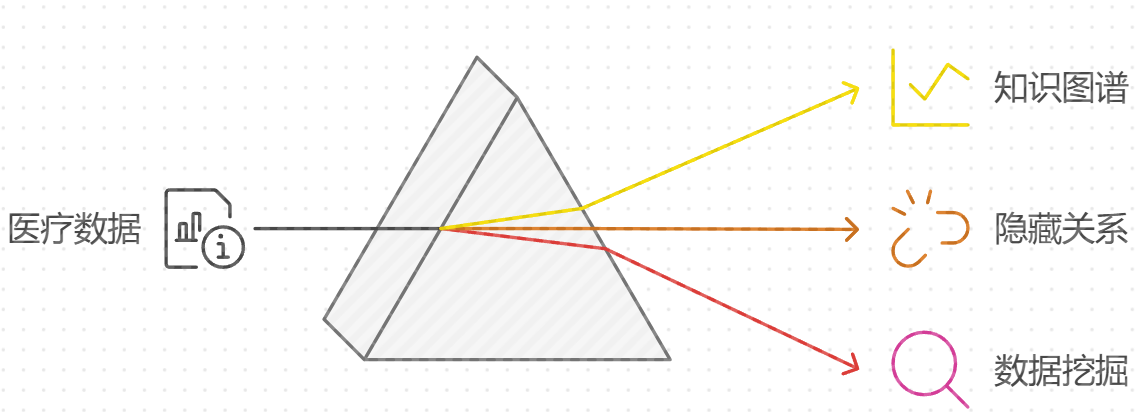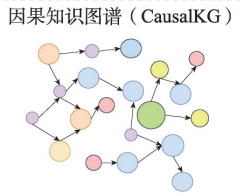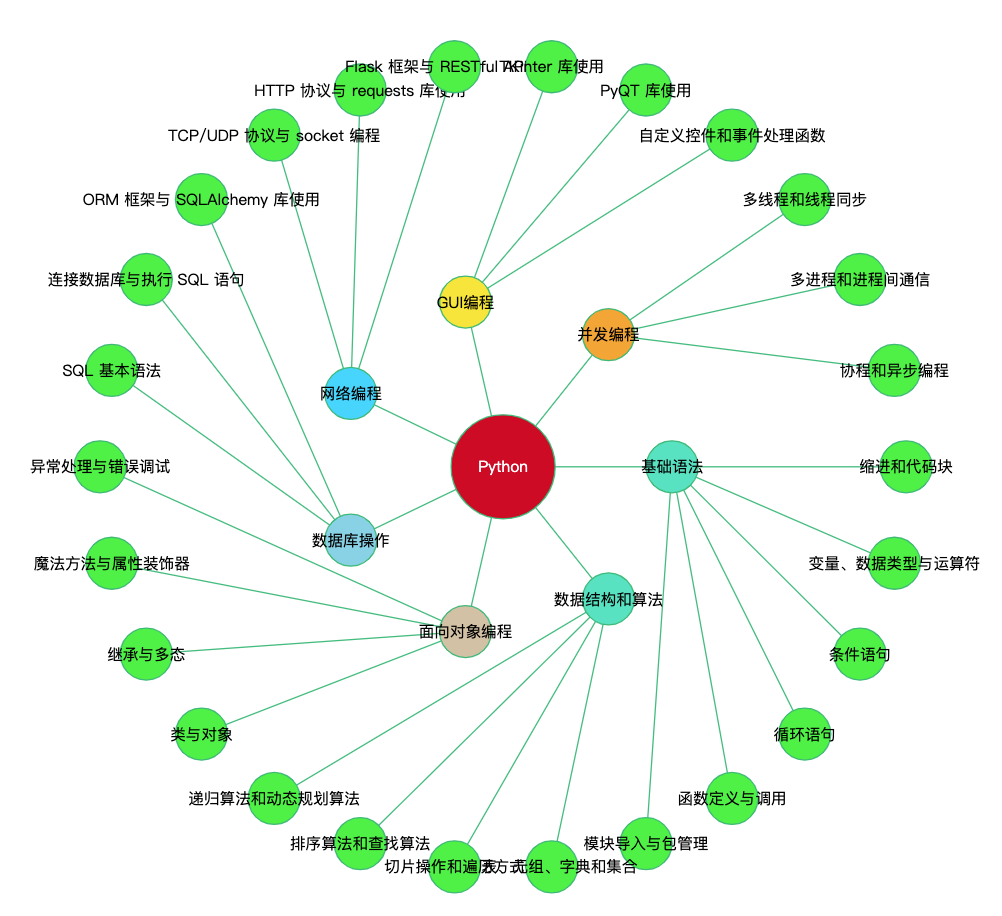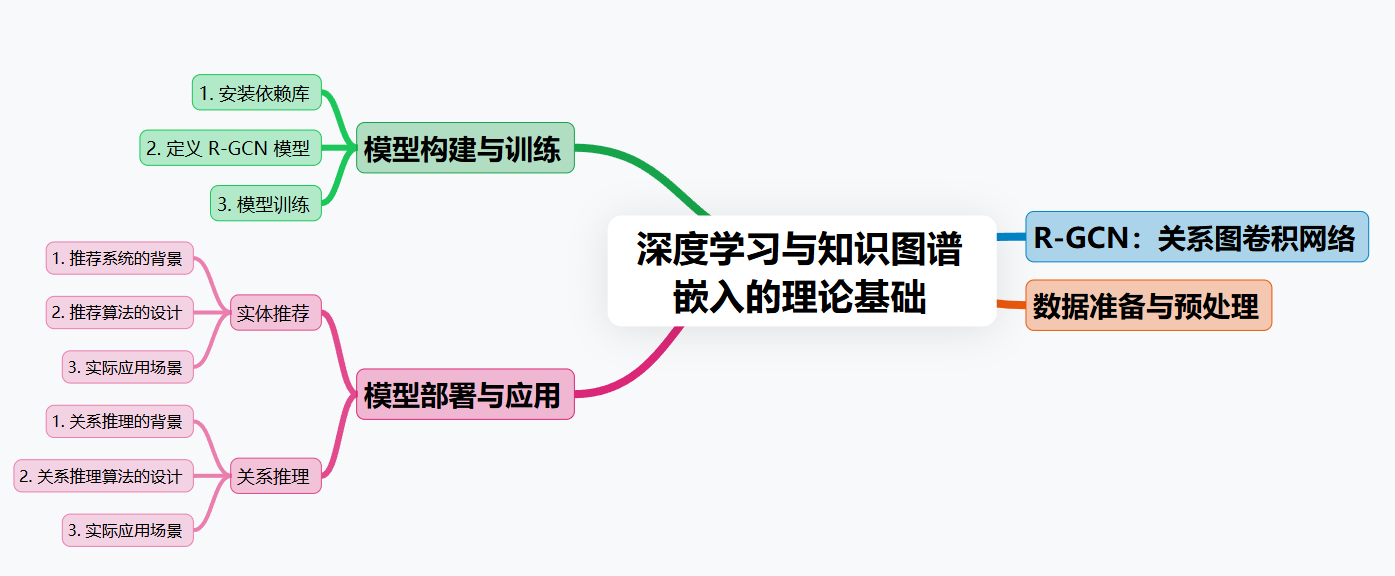知识图谱 + 推荐算法:Python 构建中药个性化诊疗系统
原创
知识图谱 + 推荐算法:Python 构建中药个性化诊疗系统
嘿,各位技术达人、医学好奇宝宝,还有那些对新奇玩意儿感兴趣的小伙伴们!今天小编要带你们走进一个超酷的领域,用知识图谱和推荐算法,再加上 Python 这个神奇的工具,构建一个超厉害的中药个性化诊疗系统!这可不是一般的技术探索哦,它有可能改变未来中医看病的方式,让中医的智慧借助现代科技绽放出更耀眼的光芒!
什么是知识图谱?
知识图谱这东西,听起来高深莫测,其实简单来说,它就像是一个超级智能的大脑地图。你想想,咱们大脑里存储了各种各样的知识,当我们想到苹果,不仅能想到它红红的样子、甜甜的味道,还能想到它富含维生素 C、属于水果类别等等一系列相关信息。知识图谱就是干这个事儿的,它把各种实体(比如人、物、概念等)通过各种关系连接起来,形成一个巨大的知识网络。
比如说在中医领域,中药是实体,病症也是实体,它们之间存在着 “治疗”“关联” 等关系。通过知识图谱,我们能清晰地看到哪种中药对哪种病症有疗效,这味中药又和哪些其他中药常常一起搭配使用等等。就像下面这张简单的示意表格:
实体 1 | 关系 | 实体 2 |
|---|---|---|
人参 | 补气 | 气虚症 |
当归 | 补血 | 血虚症 |
人参 | 搭配 | 黄芪 |
知识图谱在中医领域的应用
中医有着数千年的历史,积累了海量的知识和经验。知识图谱在中医领域那可是大有用武之地。它可以将中医经典著作中的知识进行梳理整合,比如《黄帝内经》《伤寒杂病论》等。通过知识图谱,我们能把这些古籍里复杂的病症描述、方剂组成、中药功效等信息,以一种直观易懂的方式呈现出来。
例如,我们可以把各种病症的症状表现、病因、常用治疗方剂和中药都关联起来。当医生遇到一个复杂病症时,通过知识图谱就能快速找到相关的理论依据和过往治疗经验,为诊断和治疗提供有力支持。而且,对于中医研究人员来说,知识图谱能帮助他们挖掘不同病症之间的潜在联系,发现新的治疗思路和药物组合。
推荐算法是什么鬼?
推荐算法,简单来讲,就是一个超级聪明的 “红娘”。它通过分析各种数据,比如用户的行为、偏好等,来给用户推荐他们可能感兴趣的东西。在电商平台上,你浏览了某件商品,之后平台就会给你推荐类似的商品,这就是推荐算法在起作用。
在中药个性化诊疗系统里,推荐算法也能发挥巨大作用。它可以根据患者的病症信息、身体状况数据、过往治疗记录等,为医生推荐合适的中药方剂和治疗方案。就好像它能读懂患者的 “健康密码”,然后给医生提供最贴心的治疗建议。
中药个性化诊疗系统为啥这么重要?
中医讲究因人而异、辨证论治。每个人的体质、病情都不一样,所以个性化的诊疗方案至关重要。中药个性化诊疗系统可以利用知识图谱和推荐算法,充分考虑到每个患者的独特情况。
想象一下,一个患者走进医院,医生把他的症状、体征等信息输入到这个系统里,系统瞬间就能根据知识图谱中的中医知识和推荐算法,给出一套最适合这个患者的中药治疗方案,是不是超级厉害!这样不仅能提高治疗效果,还能减少患者尝试错误治疗方案的时间和痛苦。而且,对于一些偏远地区医疗资源相对匮乏的地方,这个系统可以为当地医生提供强大的技术支持,让更多人受益于中医的智慧。
构建知识图谱的代码实现
首先,我们要用到networkx这个强大的 Python 库来构建知识图谱。networkx可以帮助我们轻松创建、操作和研究复杂网络结构。
import networkx as nx
# 创建一个空的知识图谱
medicine_graph = nx.Graph()
# 添加中药节点
medicine_graph.add_nodes_from(["人参", "当归", "黄芪", "枸杞"])
# 添加病症节点
medicine_graph.add_nodes_from(["气虚症", "血虚症", "阴虚症"])
# 添加边(关系),这里以中药治疗病症为例
medicine_graph.add_edge("人参", "气虚症", relation="治疗")
medicine_graph.add_edge("当归", "血虚症", relation="治疗")
medicine_graph.add_edge("枸杞", "阴虚症", relation="治疗")在这段代码中,我们首先导入了networkx库。然后创建了一个空的图medicine_graph,接着分别添加了中药节点和病症节点。最后,通过add_edge方法添加了节点之间的边,并明确了边的关系为 “治疗”。这样,一个简单的中药知识图谱就初步构建完成了。
基于知识图谱的推荐算法代码
为了实现推荐算法,我们可以利用图谱中节点之间的关系来进行推荐。比如,我们可以根据一种病症,推荐与之相关联的中药。
def recommend_medicine(disease, graph):
recommended_medicines = []
for neighbor in graph.neighbors(disease):
if graph[disease][neighbor]['relation'] == "治疗":
recommended_medicines.append(neighbor)
return recommended_medicines
# 假设我们要为“气虚症”推荐中药
disease = "气虚症"
recommended = recommend_medicine(disease, medicine_graph)
print(f"针对{disease}推荐的中药有:{recommended}")在这个函数recommend_medicine中,我们接收一个病症名称和知识图谱作为参数。通过遍历病症节点的邻居节点,检查边的关系是否为 “治疗”,如果是,则将该邻居节点(即中药)添加到推荐列表中。最后,我们调用这个函数,为 “气虚症” 推荐中药,并打印出推荐结果。
实际案例分析
假设我们有一个实际的患者,他表现出了一些气虚的症状,比如容易疲劳、气短等。医生将 “气虚症” 输入到我们的系统中。
# 模拟实际案例,患者病症为“气虚症”
patient_disease = "气虚症"
recommended_medicines = recommend_medicine(patient_disease, medicine_graph)
for medicine in recommended_medicines:
print(f"推荐给患者的中药:{medicine}")运行这段代码后,系统会根据知识图谱中的关系,推荐出适合 “气虚症” 的中药,例如 “人参”。这样,医生就可以参考系统推荐,结合患者的具体情况,制定更精准的治疗方案。
注意事项
数据准确性
在构建知识图谱时,数据来源至关重要。中医知识源远流长,古籍中的记载繁多且可能存在不同解读。确保数据准确无误,需要参考权威的中医典籍,如《本草纲目》《千金方》等,同时结合现代中医研究成果。例如,某些中药的功效在不同时代可能有不同理解,我们要以最科学、最准确的认知为准。
算法可解释性
推荐算法虽然能快速给出推荐结果,但对于中医诊疗来说,可解释性极为关键。医生需要理解为什么系统推荐了某种中药或方剂。在设计算法时,要考虑如何将算法逻辑以易懂的方式呈现给医生。比如,通过展示知识图谱中节点间的关联路径,让医生清晰看到推荐依据。
常见问题
知识图谱不完整
实际应用中,知识图谱可能无法涵盖所有中医知识。遇到罕见病症或新发现的中药特性时,图谱可能缺乏相关信息。解决办法是持续更新知识图谱,定期收集最新中医研究成果、临床经验等数据,不断丰富图谱内容。
推荐结果偏差
由于患者个体差异大,推荐算法可能给出不太符合实际的结果。例如,患者有特殊的过敏史或体质,算法未充分考虑。为减少这种偏差,除了病症信息,应尽量收集患者更多详细信息,如过敏史、家族病史等,优化算法模型。
常见面试题
请简述知识图谱在中药个性化诊疗系统中的作用
知识图谱整合中医知识,将中药、病症、方剂等以结构化形式关联起来。医生可通过图谱快速获取病症相关的中药和治疗方案,辅助诊断。推荐算法基于图谱关系为患者精准推荐治疗方案,提高诊疗效率和准确性。
如何优化中药个性化诊疗系统中的推荐算法
可以收集更多患者数据,包括详细症状、治疗效果反馈等,丰富训练数据。采用更复杂的机器学习算法,如深度学习中的图神经网络,更好地处理知识图谱中的复杂关系。定期更新知识图谱,使算法能依据最新知识推荐。
当知识图谱中出现矛盾知识时,你会如何处理
首先,检查数据来源,判断哪个知识更具权威性。若无法确定,可邀请中医专家评估。同时,在知识图谱中标记矛盾点,方便后续研究和修正。也可以通过统计方法,分析大量病例数据,看哪种知识在实际应用中更有效。
结语
好啦,到这里我们关于用知识图谱和推荐算法构建中药个性化诊疗系统的探索就暂告一段落啦!希望这一系列文章能让你对这个有趣又充满潜力的领域有更深入的认识。技术的进步永无止境,相信大家在学习和实践过程中会有更多创新想法。如果在阅读过程中有任何疑问,或者发现了更好的方法,欢迎随时和小编交流哦,让我们一起在技术的海洋里继续探索,说不定未来你就能为中医现代化诊疗做出大贡献呢!加油!
原创声明:本文系作者授权腾讯云开发者社区发表,未经许可,不得转载。
如有侵权,请联系 cloudcommunity@tencent.com 删除。
原创声明:本文系作者授权腾讯云开发者社区发表,未经许可,不得转载。
如有侵权,请联系 cloudcommunity@tencent.com 删除。

















![[AI学习笔记]医疗知识问答:DeepSeek多跳推理优化实战指南](https://developer.qcloudimg.com/http-save/yehe-10828223/a447627d7ff9bd52c9286cdec48f99f0.png)


